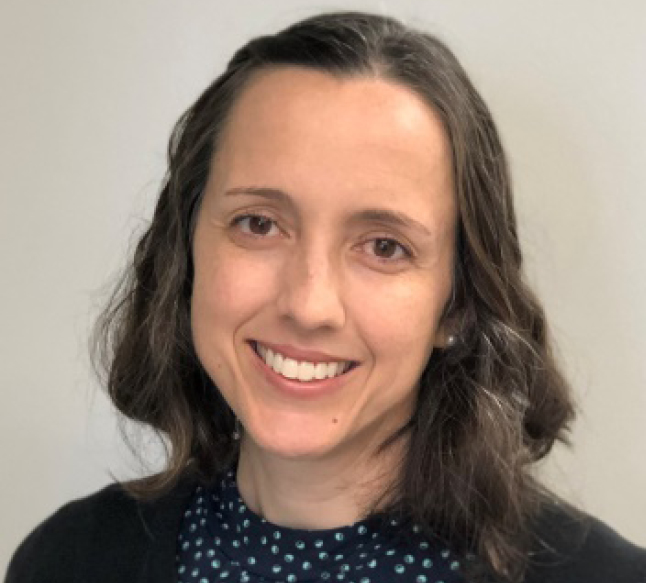In a time period of just seven months, Sue* went to the emergency room 60 times for a litany of health conditions exacerbated by her homelessness. During one crucial visit she was connected to non-clinical support services and a safe place to live, which ended up changing her whole life - or rather her whole health - dramatically. In the 11 months after Sue moved in to her own home, her quality of life improved and she visited the ER only seven times. While her earlier visits cost around $175,000, this reduction in use avoided over $150,000 in costs to the health care system.
Sue is an example showing that most of what affects our health and wellness has little to do with actual “health care.” Our health is affected by a myriad of factors, including where we live, what we eat, our financial situations, and our relationships. As a result, the health care delivery system and the care it provides must look differently.
This reality is one that providers, policymakers, and health plans have come to understand deeply. We are working together to better align the health care and social services systems – all with the goal of providing quality care while driving down health care spending. One demonstration of this collective effort is the Accountable Health Communities (AHC) initiative from the Center for Medicare and Medicaid Innovation at the Centers for Medicare & Medicaid Services. AHC examines the critical gap between clinical care and social services in the current delivery system, and tests whether systematically identifying and addressing the health-related social needs (HRSN) of Medicare and Medicaid beneficiaries in select areas across the country impacts health care quality, utilization, and costs.
In April 2017, UnitedHealthcare Community & State received an AHC award in partnership with the Hawai‘i State Department of Human Services. Today, at partner clinical sites across the island of Oahu in Hawai‘i, teams are actively screening Medicare and Medicaid beneficiaries for social needs as part of their visit for medical care. Patients who agree to the assessment complete a survey about their housing situation, personal relationships, and needs related to food, utilities, and transportation. If patients report any of these needs, they are referred to community-based partners best suited to help them. Other higher-risk patients receive assistance through specially trained Community Navigators at the clinical sites.
The goal is to offer 75,000 HRSN surveys every year through 2021 – a metric that wouldn’t be achievable without the close partnership of a wide range of organizations brought together by the common mission of achieving better care, lower costs, and improved outcomes. Partners include community service providers, state and local governments, a large hospital system, and two Federally Qualified Health Centers.
The first year of implementation and data collection for AHC resulted in 36,214 HRSN surveys, with results pointing to relatively high rates of social needs among Oahu’s Medicare and Medicaid population of 400,000. Approximately one in five people reported at least one need in the categories of food insecurity, living situation, transportation, utilities, and interpersonal safety (in addition to the illness or injury that brought them to the doctor in the first place). (Findings are preliminary; data will be collected & analyzed throughout the implementation period).

*Based on 36,000 surveys completed at 14 clinical sites across the island of Oahu from Oct. 2018-Oct. 2019.
From this work to date, our team has identified several key elements necessary for effective HRSN screening and referrals in health care settings, and the system-level integration of clinical care and social services. These include:
- A standardized screening tool to ensure consistency of the information collected from patients
- Cross-functional partnerships established early on in order to align on a universal commitment to data collection, quality improvement, and the actions required to address gaps in services
- Robust data systems that have the capability and capacity for HRSN screening, referrals, and navigation services, in addition to data analytics and integration
We look forward to continuing to serve Oahu’s Medicare and Medicaid population in 2020. We’re emboldened by the valuable lessons learned in the first year of AHC, and we recognize that the remaining two years of the initiative will continue to be a work in progress defined by an agile approach, constructive collaboration, precise measurement, and ongoing quality improvement. It’s truly an honor to lead such an important undertaking that has the potential to improve the whole person wellness of Oahu’s most underserved while providing a roadmap for this work across the country.
The project described was supported by Funding Opportunity Number CMS-1P1-17-001 from the U.S. Department of Health & Human Services, Centers for Medicare & Medicaid Services. The contents provided are solely the responsibility of the authors and do not necessarily represent the official views of HHS or any of its agencies.
